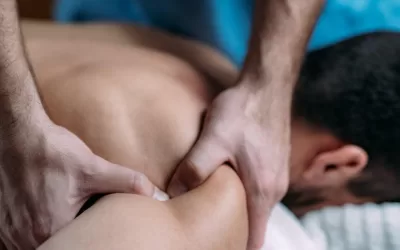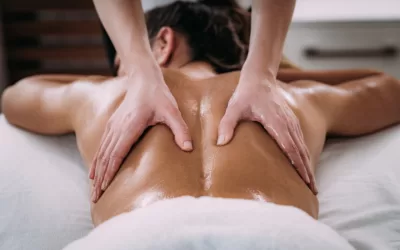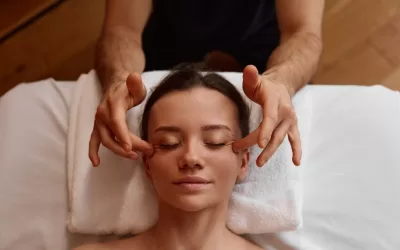If you’ve been in pain longer than you should,
read this and learn to stretch
with your body and your brain.
Being a Structural Integration Integration practitioner has taught me a lot about our need to stretch. By volunteering at the San Diego Pain Summit I’ve learned how stretching can relieve pain. I love new information because I love to help people. The best way I can help is to teach new but simple stretching ideas.
Today, people should have a good grasp of pain, but because the science is still new I developed the Counter Movement System (CMS). The Counter Movement System combines specific, simple, and sequenced stretching to address body imbalances.
For the many biomechanical issues, CMS works great! It was made for both professionals and the public. Another person who’s done a ton is, Katie Bowman, check her stuff out, she’s awesome!
Counter Movement can be “the quick fix” when issues are addressed relatively early, or “the drip fix” if they’ve been chronic and lingering for over 3 months.
If you suffer from sciatic pain, frozen shoulder, femoral impingement syndrome, carpal tunnel, headaches, low back/hip /neck pain, rib pain you can benefit from Counter Movement.
CMS is simple and it has helped my friends, family, and clients, I hope this helps you, too! Here are 7 Principles:
- Movement is the Miracle Medicine. If there’s one thing helpful in pain, it’s movement. That means, get your body moving in a way where you’re breaking habits. If you commute 2 hours to and from work and hunch over your computer for 8 your shoulders are probably rounded over. Even if you walk 3 miles you still haven’t moved much, you still haven’t got out of your hunch. The counter-movement to the hunch is the motion of a backflip.
- Pain is in the Brain. Don’t take this personally, it doesn’t mean “pain is in your head.” The brain’s role in pain is super useful. If you aren’t suffering from a true injury but you’re in a lot of pain you’re actually “hurt,” but your brain is calling for new movements, counter stretching.
- Freedom in Range of Motion. When people are in pain their range of motion is often limited. And when asked to go into the other opposite end range of motion they have a hard time. Our brains don’t like it when we subconsciously create physical limitations of mobility when we confine movement pain is often the brain screams for you to move again. For instance, if you’re sitting all day your hips become accustomed to being situated behind your leg bone (head of the femur). The Counter Movement that you want to implement is a lunge stretch to get your hip to stretch into counter-movement.
- Intensity. Whatever you do with intensity (exercise, work, etc) needs to be addressed with a shorter but similar intensity of stretch to offset the neuromuscular tension. For athletes, the best time to stretch is right after training.
- Consistency. Consistency is another type of intensity that has a big impact. A drip of water over time can bore a hole in granite, while a big crashing wave does little. If you sit for long periods, commuting and at the job that has an effect that needs to be countered. Sitting is a sedentary and rigid activity, fidgeting and constant motion are its answers.
- Specialized Stretch. You don’t have to become a yogi, or study a bunch of stretching poses to get out of pain or change your body’s functional ability. Stretching though is one thing that we can all use, most of the time all that’s needed is one particular stretch to remedy many things in the body. I like to find what I call the “epicenter” of the problem. Pain is often the endpoint of strain so finding the epicenter is important. From there we explore movement to find the one point in space that’s difficult to do, and that’s the epicenter, that’s what you want to put the most focus on.
- Specialized Strength. Our bodies need both eccentric and concentric contraction that counters our imbalances. When a person comes to me with a neck issue and their head is tilted to one side, I show them how to correct that through equal and opposite eccentric and concentric contraction.
As you can see a lot of this is about changing our perspective and do things different. Pain demands us to be different. Our brain is constantly seeking balance. So, listen to your body and practice counter-movement.




